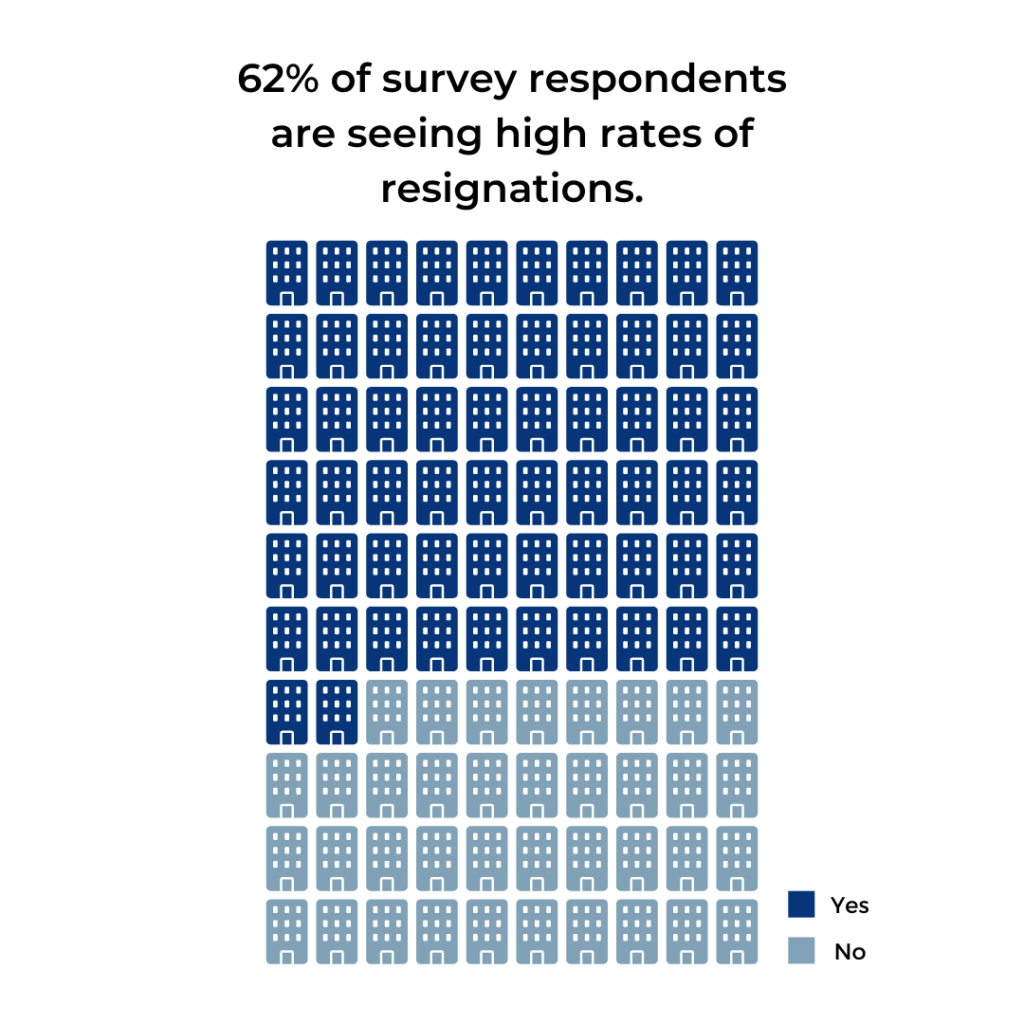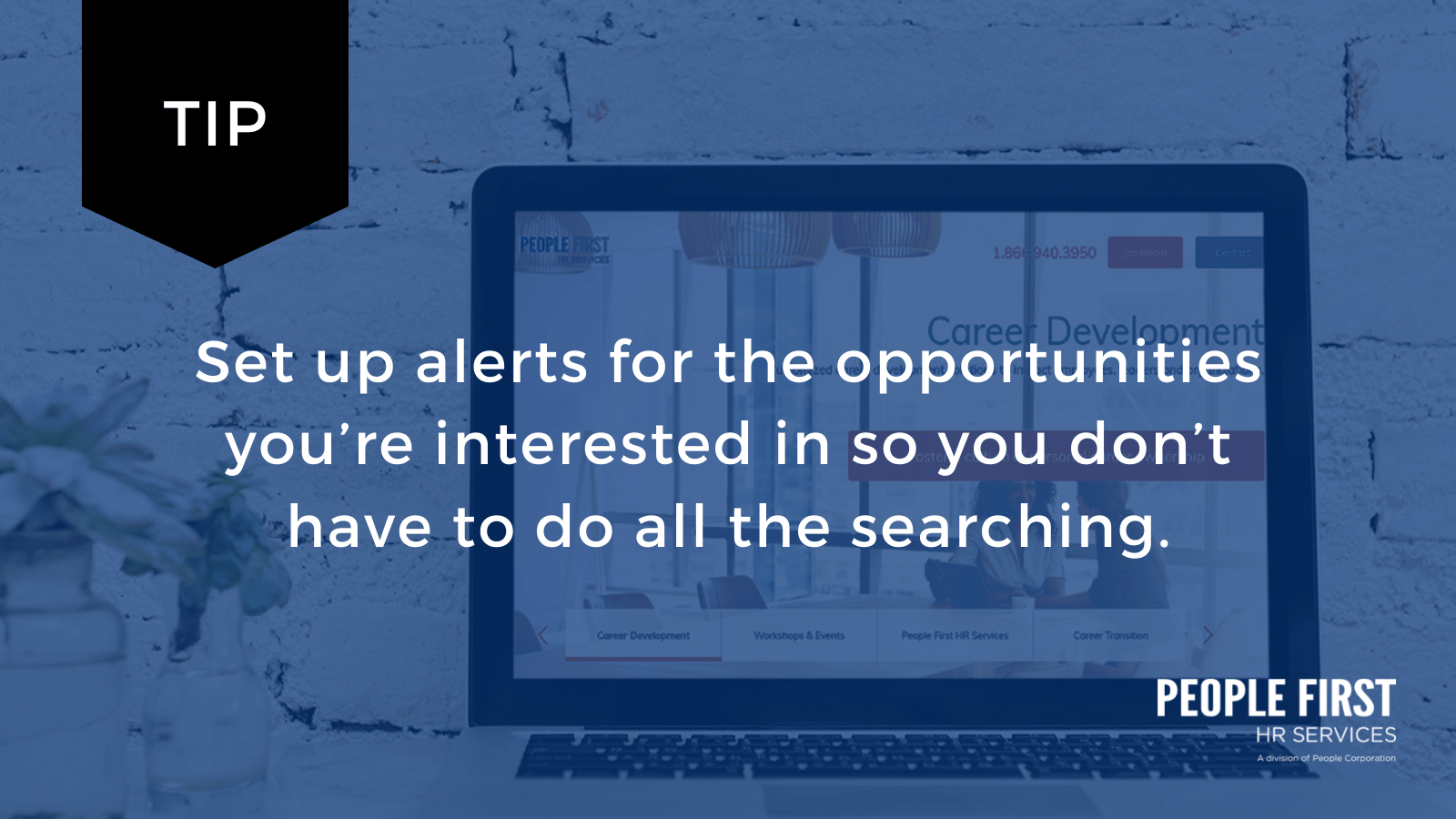How to develop your salary expectations (and discuss during a job interview)
Tara Gousseau, Senior Recruiter – Professional & Management Recruitment
It is a question many people dread during job interviews: what are your salary expectations? Whether an interviewer provides a range or asks you to share your expectations, the topic of salary is a conversation everyone should be ready to address. Simply put, you know your worth, your skills, and the value you can offer an organization. With a little bit of research, you can develop your salary expectations and be ready to answer the question like a pro.
Why you should use research to develop salary expectations
Anytime you are applying for a job, you should use research to develop your salary expectations. Don’t just pull a number out of thin air — take time to explore available information to create an educated answer. Even if you already know how much you would like to make at your next job, salary research before applying for positions can help guide your job search. The information you gather will:
- Give you a general idea, before applying, what the range/average is for a specific role within a certain industry
- Help you understand which roles/industries are more likely to offer compensation that meet your needs, and
- Help you answer the question “What are your salary expectations?” when it comes up.
Salary factors
When you start researching salaries for your desired job, you need to consider a few factors.
- Organization type (private, public, non-profit)
- Industry (finance, tech, health care, retail, etc.)
- City / location
- Your level of experience
A salary range, along with other job aspects, can change depending on each of these factors. For example, a job in Vancouver is likely to pay more than a similar position in Winnipeg, as the cost of living in Vancouver is higher. Similarly, small to medium-sized or private firms potentially have more flexibility in their budget to negotiate salaries than perhaps a non-profit would.
Another factor to consider when developing your salary expectations is job responsibilities. Depending on the industry you’re looking at, you may see multiple job titles for similar jobs. Review the duties listed in the job description for a better idea of the salary range and level.
Researching salaries
Once you know what type of organization and industry you would like to work in, you can start your research. When researching salaries for your desired position, check multiple sources (online, peers, and recruiters, etc.) Exploring different sources will give you a clearer and honest picture of possible salary ranges.
Online resources, like Glassdoor, are a great place to start looking for salary ranges. You can see salary information based job title and your region. If you’re in a smaller market or are looking for a niche position, keep in mind, there might not be as many results, but it is a good place to start.
Next, if you’re comfortable, ask peers within your industry (but not within your own organization) what salary range they work in, along with their responsibilities. These conversations can help you develop your salary expectation based on more than just a job title.
Lastly, recruiters have a wealth of knowledge. If you connect with a recruiter hiring within your industry, ask them about typical salary ranges for your desired position. They also may be able to point you to some openings that are a good fit for your specific needs.
With all your research in hand, take time to think about what you need. Points to consider include:
- Current salary
- Your skills
- Research
- Cost of living
- Total compensation (benefits, flexibility in hours and work arrangements etc.).
Providing your salary expectations
You’re in an interview, and it’s time to talk salary. With your well-researched expectations in hand, you are ready for this conversation. Make sure to be honest during the discussion about how much you are expecting and your current compensation. If there is a large gap between what you are making now and your expected salary, be prepared to explain why.
If you’re not comfortable sharing a specific salary number, share the range you’d like to fall in. If you are in the right range the recruiter or hiring manager should let you know. You can also let the recruiter or hiring manager know you’re open to negotiation. This may be something you consider if you feel the role has the opportunity for growth.
To help you in this conversation, here are two answer examples:
- “Through my research, I’ve found that the average salary for this position in this industry/region is between $80,000 and $90,000 and with the experience and skill sets, I would bring to the organization, I would want to be on the higher end of that range.”
- “Based on my research, experience and skill sets, , I would be looking for $80,000 – $90,000. However, I am flexible and open to connecting further about the role and my experience before making any final decisions on compensation.
At the end of the day, you want to work with an organization that is a fit for your specific career and compensation needs. Researching, developing, and professionally communicating your salary expectations will help you have those conversations and find an organization and career that is right for you.

Tara Gousseau
Senior Recruiter
Professional & Management Recruitment
With her years of experience in partnering with senior leaders and hiring managers to fill their talent needs quickly, Tara understands the importance of building relationships and working with her clients in partnership. With a background in transportation and logistics, Tara brings her passion for matching talent with great organizations.













